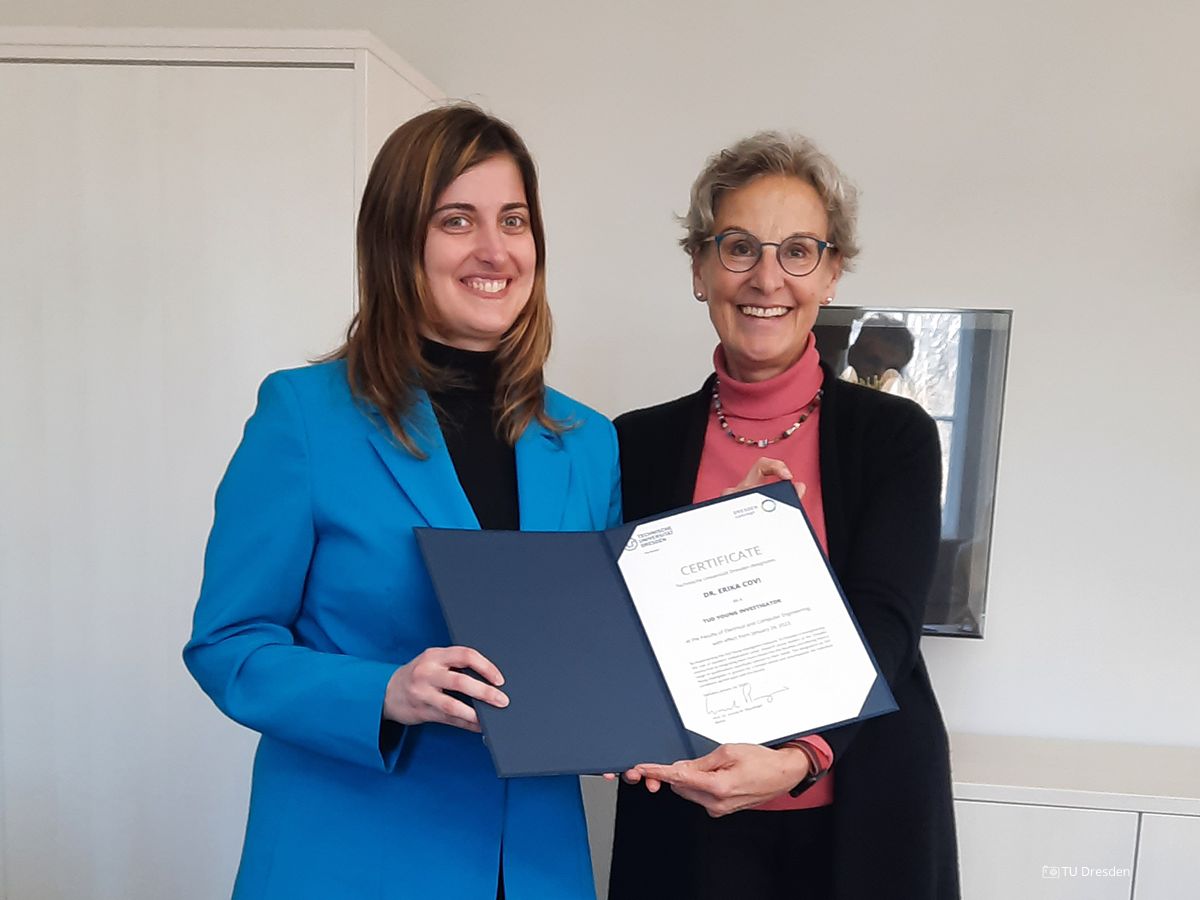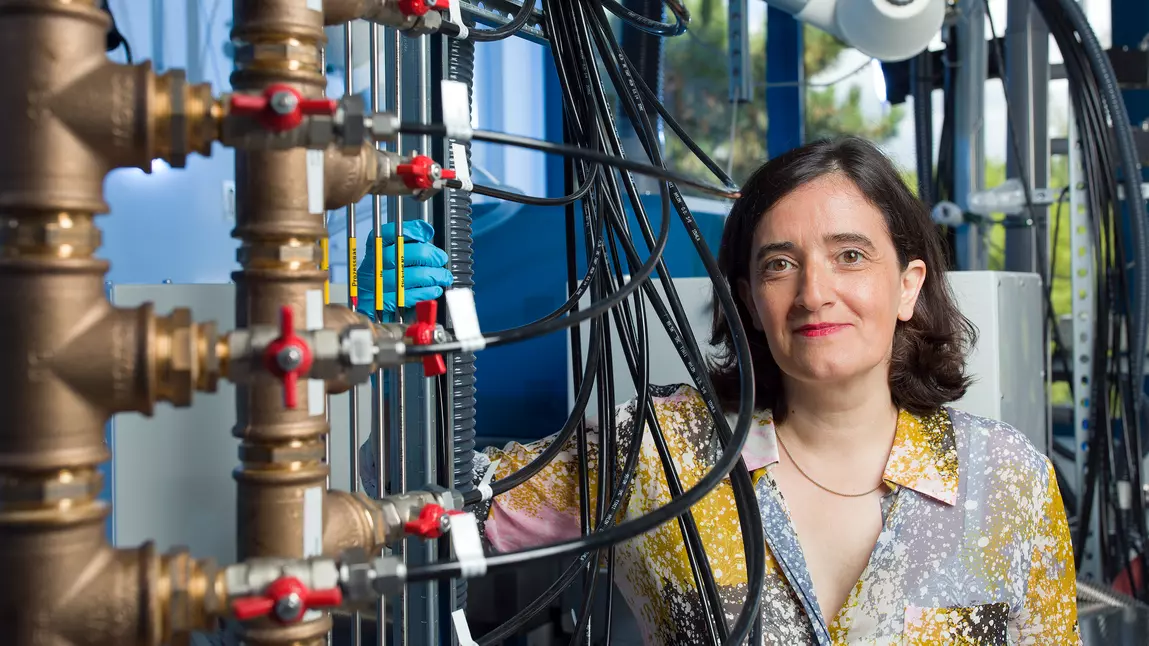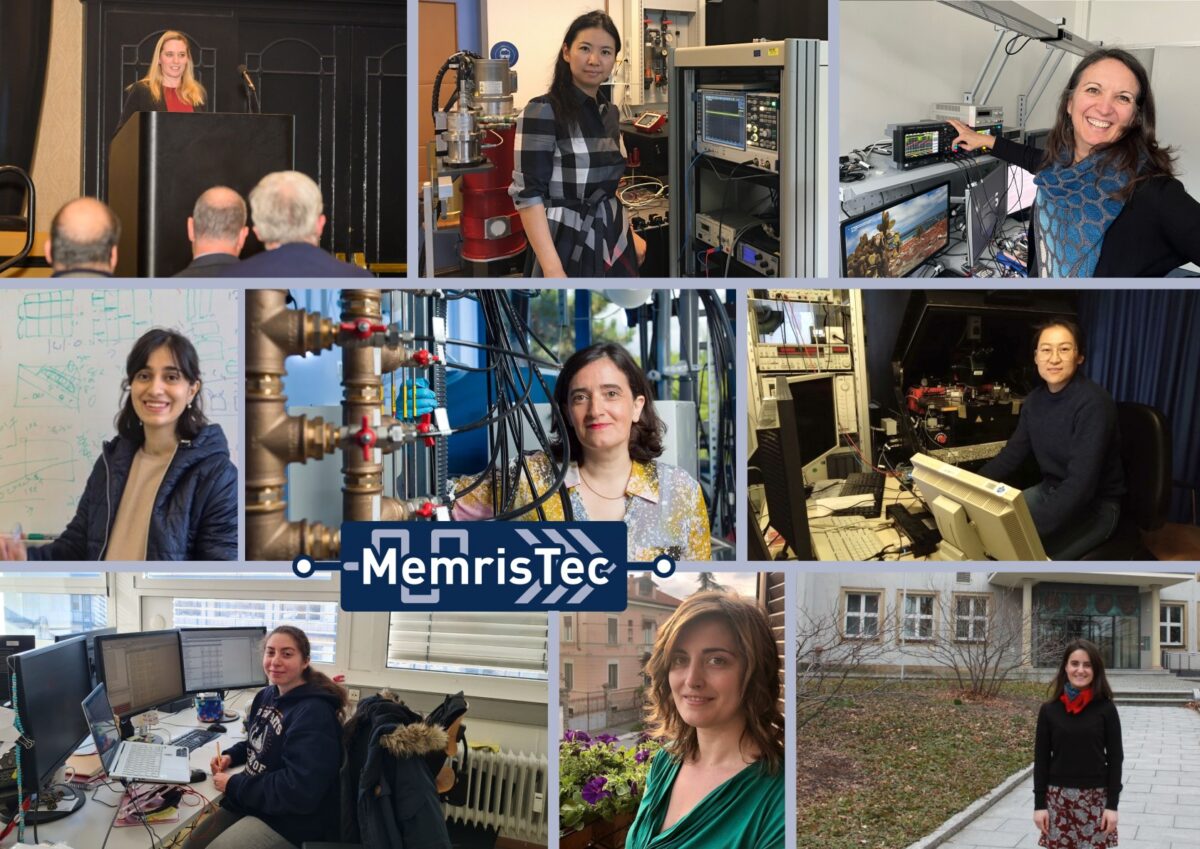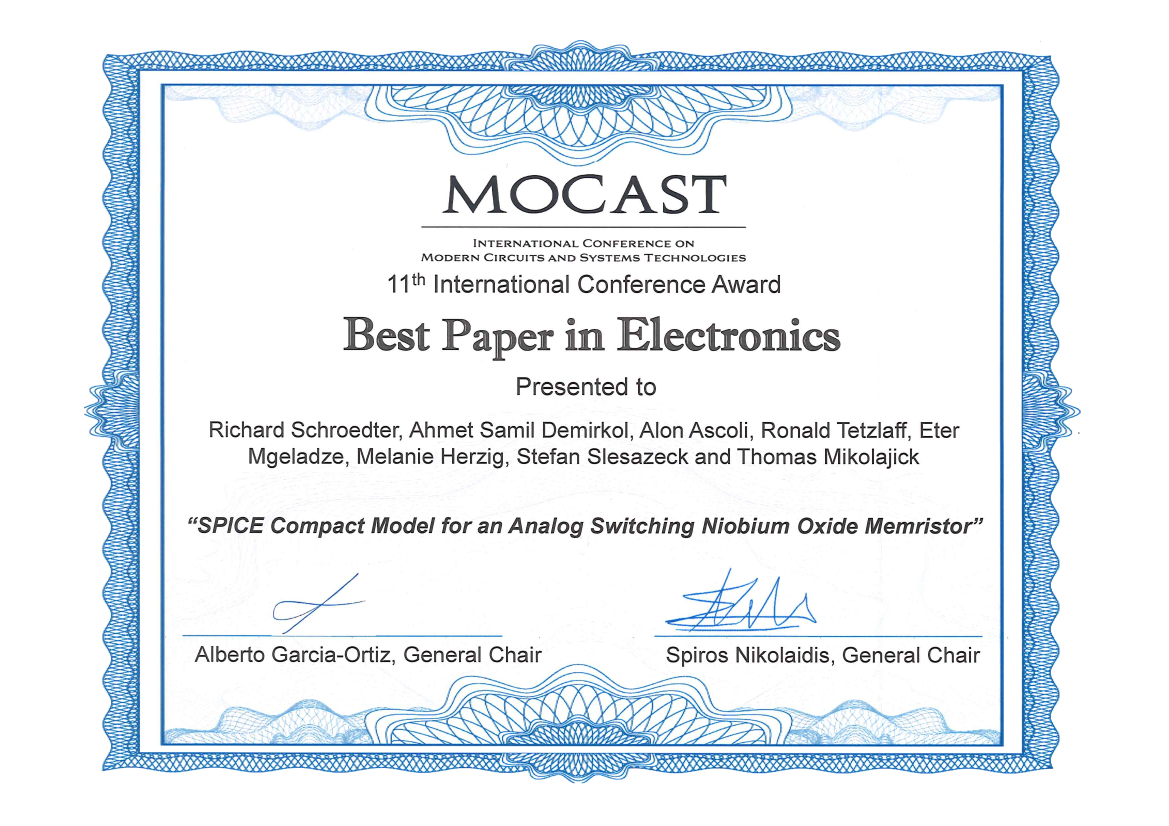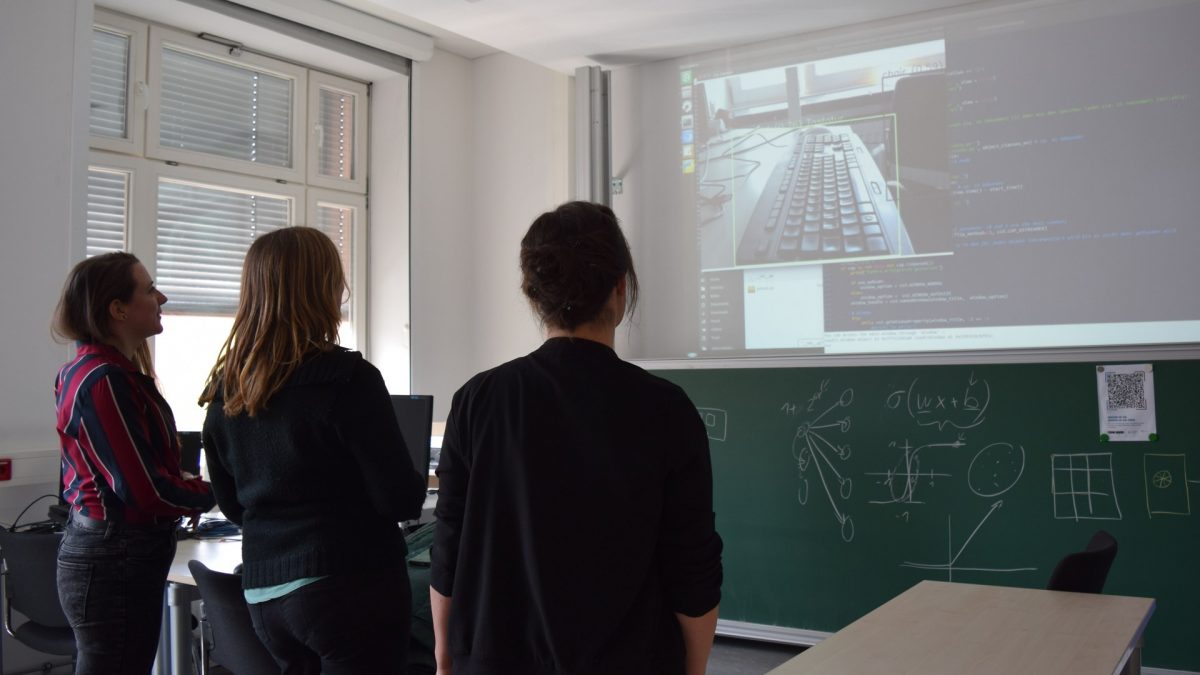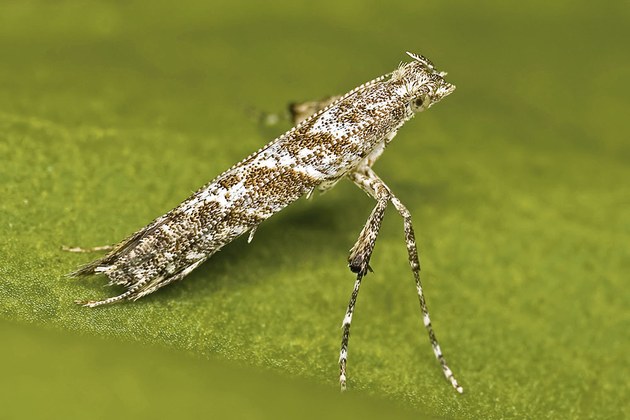Um Exzellenz zu fördern und strukturellen Nachteilen entgegenzuwirken, hat das Rektorat der Technischen Universität Dresden (TUD) Dr. Erika Covi, Wissenschaftlerin am NaMLab, zur ersten „TUD Young Investigator“ an der Fakultät Elektrotechnik und Informationstechnik ernannt.
Dieser prestigeträchtige Status zielt darauf ab, herausragende und unabhängige Nachwuchsgruppenleiter stärker in die Fakultäten am renommierten Wissenschaftsstandort Dresden zu integrieren. Ihre umfangreichen Erfahrungen im NaMLab werden dazu beitragen, fundiertes Wissen in die Fakultät zu integrieren und eine auf die sich wandelnden Bedürfnisse der Industrie zugeschnittene Qualifizierung anzubieten. Darüber hinaus stärkt Prof. Dr.-Ing. Thomas Mikolajick als Lehrstuhlinhaber für Nanoelektronik und wissenschaftlicher Leiter des NaMLab die Zusammenarbeit zwischen der Fakultät Elektrotechnik und Informationstechnik und der NaMLab gGmbH weiter. Durch die enge Partnerschaft ist ein nahtloser Wissens- und Kompetenzaustausch zwischen den beiden Einrichtungen gewährleistet.
Die Einführung des „TUD Young Investigator“-Programms soll weitreichende Auswirkungen haben und herausragenden Nachwuchswissenschaftlern die Möglichkeit geben, mit anderen zusammenzuarbeiten, eigene Forschungsgruppen zu leiten und wichtige Beiträge zu ihrem jeweiligen Fachgebiet zu leisten. Durch die aktive Einbindung dieser jungen Talente will die TUD Innovation und akademische Exzellenz an ihrem Wissenschaftsstandort in Dresden fördern.
Weitere Informationen zum „TUD Young Investigators„-Programm finden Sie auf der offiziellen Website der Technischen Universität Dresden.

